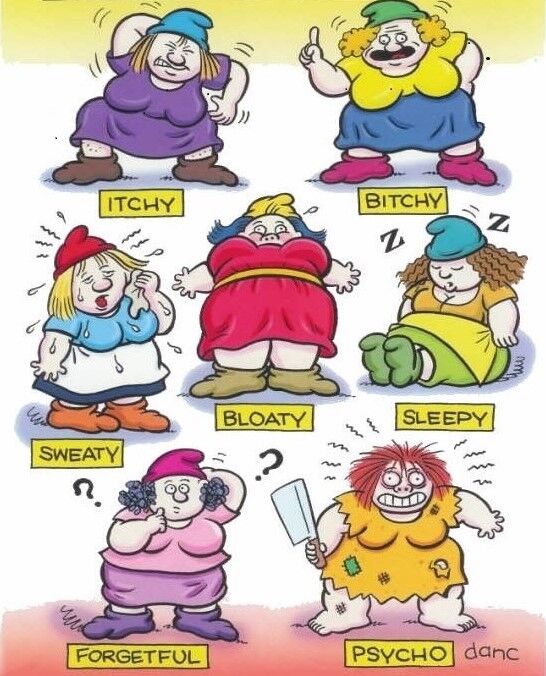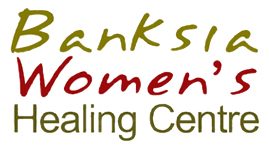
“The Change Challenge” – How To Balance Hormones
Everything’s changing! It’s different for every woman. The midlife symptoms can be terrible, but you can get them and your hormones balanced naturally with a little help. Banksia will assist you to care for yourself after menopause. You can feel and look better than you ever imagined! – alter to Midlife symptoms can be terrible but you can balance hormones naturally with some help. Banksia will assist you during perimenopause, menopause and the post menopausal season of life; creating natural hormonal balance. You can feel and look better than you ever imagined!
The Main Hormones Affecting Us
There are lots of hormones that our body produces but for the purposes of explaining why we get symptoms during the menopause onset lets concentrate on three; oestrogen, progesterone and testosterone. We often consider that oestrogen is the “female” hormone and testosterone the “male” hormone but the reality is that both sexes have varying degrees of these two.
Oestrogen is predominately produced in the ovaries with small amounts being produced in the adrenal glands and fat and muscle tissue. After menopause the ovaries stop producing oestrogen so it is only produced by these other parts of the body but in far less quantities than the ovaries do.
Progesterone is produced in response to an egg being released from the ovaries. So, when a decline in oestrogen production means that eggs are not released from the ovaries then there is also a decline in the progesterone production. Essentially progesterone prepares the body for pregnancy, affecting uterus lining and breasts. Progesterone inhibits the actions of oestrogen in certain parts of the body so these two have a balancing effect on each other that is often disrupted during menopause onset and this can lead to some of the hormone style cancers such as uterine and breast cancer.
Testosterone production is produced in the ovaries and the adrenal glands of women. It does not drop suddenly during perimenopause like oestrogen does but rather production starts to decline from about the age of twenty. Testosterone levels can affect sex drive, muscle and bone mass in addition to energy levels in women but they are not solely responsible for these. The significant drop in oestrogen in comparison to testosterone levels during menopause onset is what can contribute to your changing shape during menopause and the increase of acne, hair loss in some areas and hair growth in others.
Itchy
Oestrogen improves collagen content and quality, skin thickness and improves blood supply to the skin. It also plays a significant role in the genital tract so reduced oestrogen can result in thinning of vaginal walls and dryness
Bitchy
Oestrogen increases serotonin (“happy” hormone) and the number of serotonin receptors in the brain. It also modifies the production and the effect of other “feel – good” chemicals in the brain
Sweaty
Oestrogen helps maintain body temperature by its effect on a part of the brain called the hypothalamus. If the hypothalamus mistakenly senses that you are cold then its set a series of events in the body designed to cool you down including the enlarging of blood vessels (the red face) and release of perspiration to cool the body down. Recent evidence suggests that hormones that are produced by the adrenal glands can have an effect on hot flushes as well.
Bloaty
During the onset of menopause slightly higher levels of cortisol are released from the adrenal glands which may contribute to digestive problems. Lower levels of serotonin may could potentially affect digestion as serotonin is one of the major digestive signalling transmitters from brain to gut.
Psycho
Psycho is related to bitchy. Actually they are close sisters and are related to reduced oestrogen and the effect that it has on the brain. Note that if there is a history of anxiety and depression then the chance of these occurring in menopause onset increases.

Sleepy
So many factors; if hot flushes are effecting ability to sleep then that alone can contribute to sleepiness. Reduced levels of testosterone can contribute to fatigue and a general feeling of being unwell. Changes in hormone levels made by the adrenal glands that contribute to alertness may also result in general sleepiness and tiredness.
Forgetful
Oestrogen has an effect on delaying memory loss. Lower levels of testosterone can also result in reduced feeling of wellbeing.
Adrenal Function and Menopause Symptoms
For a long time the focus on menopause symptoms has been on the decline in oestrogen produced in the ovaries and the subsequent effect that this has on the body. This has often been where therapies have been targeted including hormone replacement therapy.
As mentioned above, the adrenal glands contribute to the amount of oestrogen in the body and although weak this becomes significant during the onset of menopause symptoms. Recent studies have been able to plot that adrenal function gradually declines with age right up to the onset of perimenopause, where it actually increases in function and then returns to the previous levels after menopause is complete. The speculation exists that this is a response of the body to assist with the management of reduced oestrogen levels in the body.
It would seem that chronic stress or trauma has a dysregulating effect on the stress response system, which includes the adrenal glands and this results in reduced levels of adrenal gland hormones being released in the body. Scientists have further been able to plot the correlation between reduced levels of some adrenal hormones and the increased severity of some menopause symptoms.
This demonstrates the need for a holistic lifestyle approach to menopause symptoms that includes nutrition, exercise and stress reduction strategies. It further suggests that these lifestyle factors should be adopted at an early age so that stress response system is not overtaxed by the time that menopause approaches.
References
Australian Menopause Society. (2014). Menopause and Body Changes. Retrieved from: https://www.menopause.org.au/hp/information-sheets/533-menopause-and-body-changes
McConnell, D. S., Stanczyk, F. Z., Sowers, M. R., Randolph, J. F., & Lasley, B. L. (2012). Menopausal Transition Stage-Specific Changes in Circulating Adrenal Androgens. Menopause (New York, N.y.), 19(6), 658–663. http://doi.org/10.1097/gme.0b013e31823fe274
Nichols, H., (2016). Estrogen: What Does Estrogen Do? Medical News Today. Retrieved from: http://www.medicalnewstoday.com/articles/277177.php?page=2
Woods, N. F., Cray, L. A., Mitchell, E. S., & Herting, J. R. (2014). Endocrine Biomarkers and Symptom Clusters during the Menopausal Transition and Early Postmenopause: Observations from the Seattle Midlife Women’s Health Study. Menopause (New York, N.Y.), 21(6), 646–652. http://doi.org/10.1097/GME.0000000000000122
